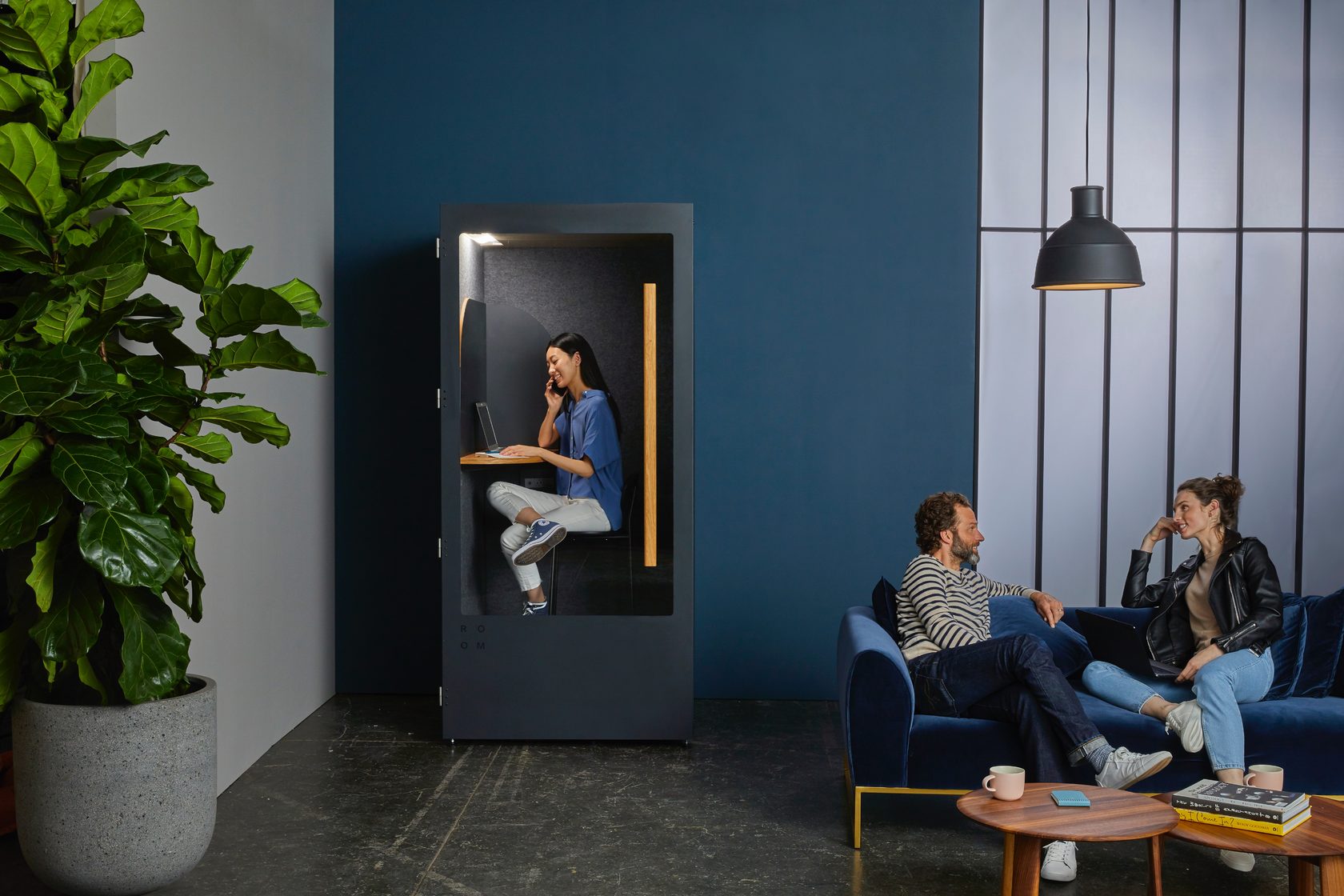Recently, manufactured steel and aluminum have also been used. The wall may have places to attach belay ropes, but may also be used to practise lead climbing or bouldering. Each hole contains a specially formed t-nut to allow modular climbing holds to be screwed onto the wall. With manufactured steel or aluminum walls, an engineered industrial fastener is used to secure climbing holds. The face of the multiplex board climbing surface is covered with textured products including concrete and paint or polyurethane loaded with sand. In addition to the textured surface and hand holds, the wall may contain surface structures such as indentions (incuts) and protrusions (bulges), or take the form of an overhang, underhang or crack. Some grips are formed to mimic the conditions of outdoor rock, including some that are oversized and can have other grips bolted onto them.
PoreNOmics
Soil Pore Network Omics
Dokuchaev Phys Lab
Microbial communities – microbiome – are responsible for the most functions in natural and agricultural soils and govern transformations of organic matter. Localization of microorganisms at microscale – in pores and aggregates, as well as at the scale of soil profile define the fluxes of water, organic substances and nutrients, and so, determine the composition and functions of soil microbiome. Understanding the exceptional heterogeneity, biodiversity and activity of microbial communities driving the most biogenic processes is impossible without considering the specifics of soil pore space and aggregates structure at microscale. This project aims on specifics of taxonomic and functional composition of soil microbiome by transformation of organic substances of increasing availability depending on their localization on the pores of increasing size in the three dominants soil types of Russia.
News
RFBR №19-29-05260 "Structure and functions of microbiome in transformation of organic substances in pore space of natural and agricultural soils" (2019-2022):
Team
Project Leader - Anna Yudina
Yakov Kuzyakov
Mikhail Semenov
Dmitry Fomin
Konstantin Romanenko
Valeriya Klyueva
Timofey Chernov
Alena Zhelezova
Azida Tkhakakhova
Olga Ovchinikova
Ekaterina Popova
Structure and functions of microbiome in transformation of organic substances in pore space of natural and agricultural soils
Funding
2019
2022

Project №19-29-05260
dokuchaev.physlab@gmail.com
119017, Russian Federation, Moscow,
Pyzhyovskiy lane 7 building 2
Pyzhyovskiy lane 7 building 2

All rights of content reserved by design studio Geometrix. Photographer Zenon Razutdinov.
The works by Rolan Gupta and Juan Pablo Bravo (thenounproject.com) were used in this template.
The works by Rolan Gupta and Juan Pablo Bravo (thenounproject.com) were used in this template.

2020-09-27 19:10
Title of the second sample post
Recently, manufactured steel and aluminum have also been used. The wall may have places to attach belay ropes, but may also be used to practise lead climbing or bouldering. Each hole contains a specially formed t-nut to allow modular climbing holds to be screwed onto the wall. With manufactured steel or aluminum walls, an engineered industrial fastener is used to secure climbing holds. The face of the multiplex board climbing surface is covered with textured products including concrete and paint or polyurethane loaded with sand. In addition to the textured surface and hand holds, the wall may contain surface structures such as indentions (incuts) and protrusions (bulges), or take the form of an overhang, underhang or crack. Some grips are formed to mimic the conditions of outdoor rock, including some that are oversized and can have other grips bolted onto them.